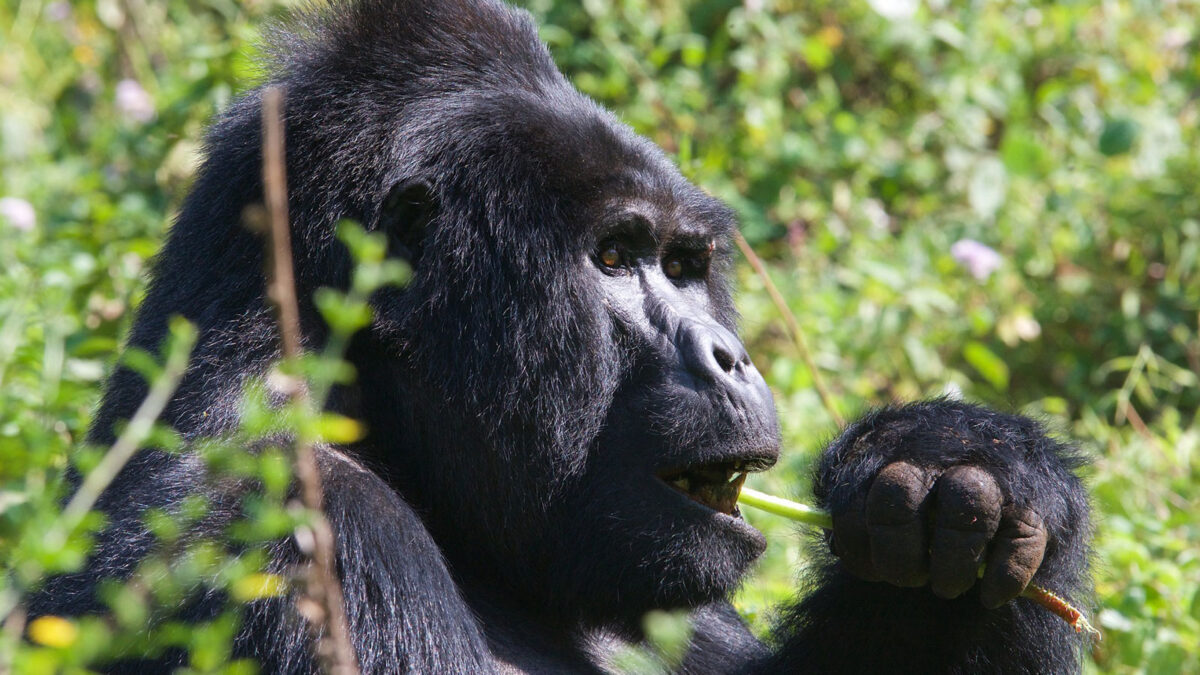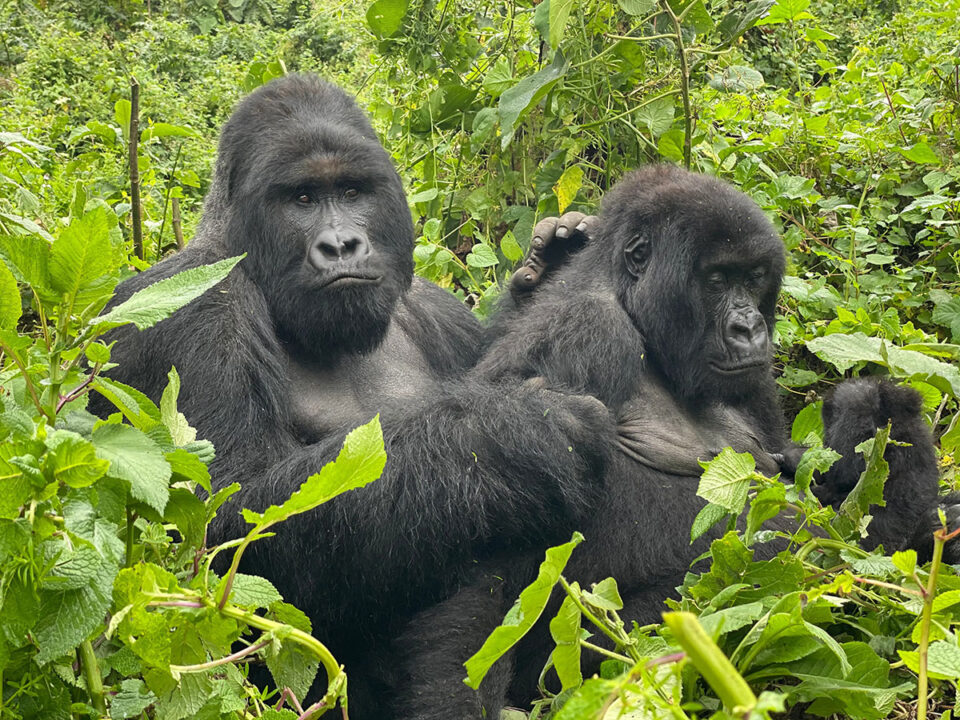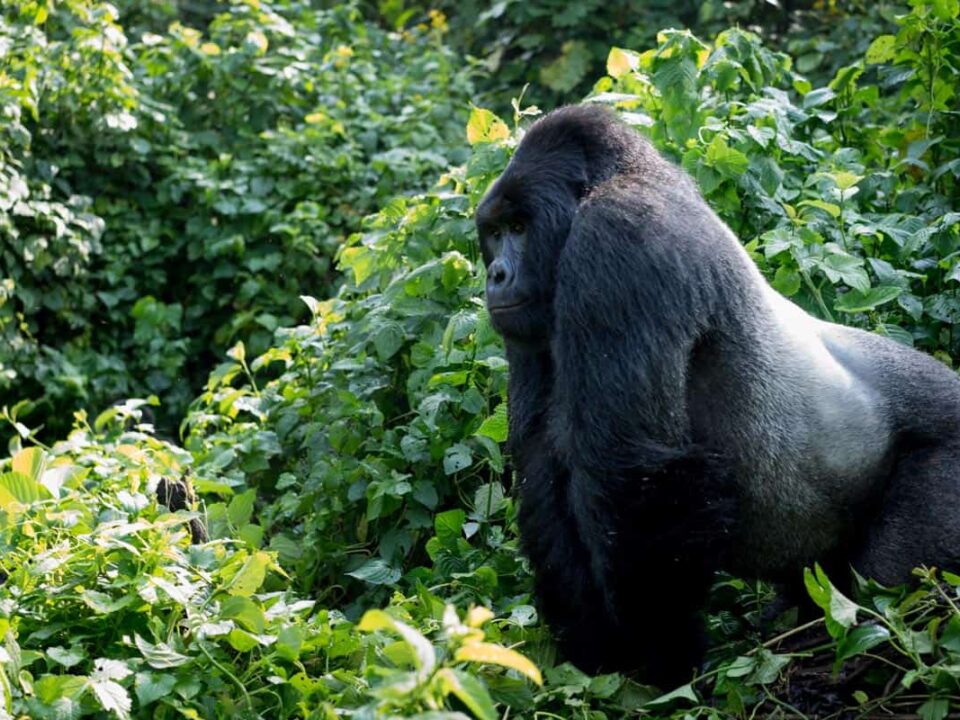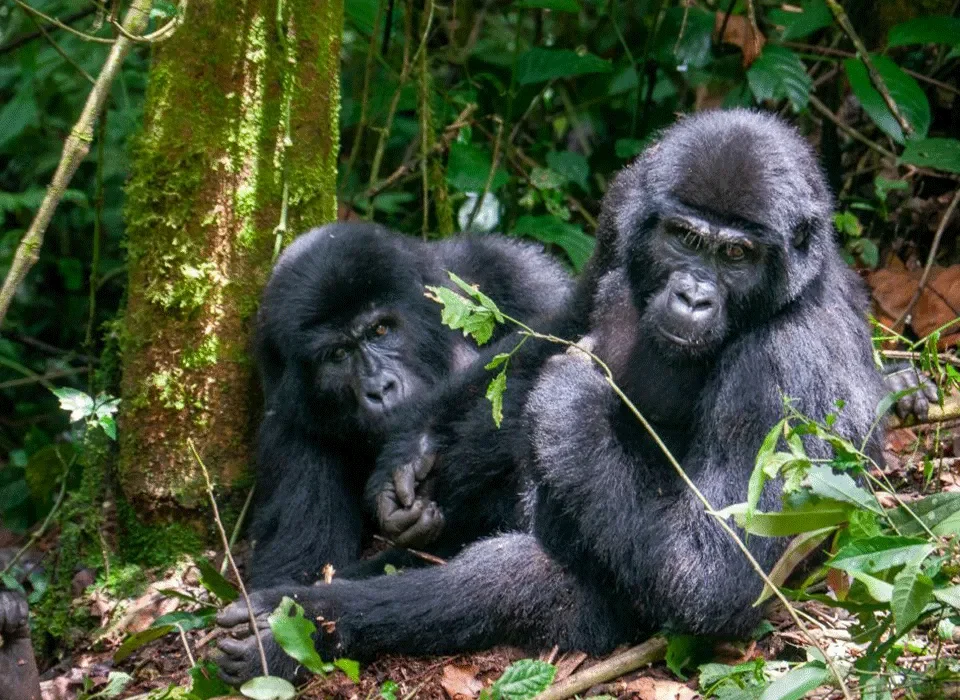Minimum Age Limit for Gorilla Trekking

Can I Resell my Gorilla Permit?
December 17, 2022
Gorilla Trekking for the Elderly, Seniors and The Disabled
December 17, 2022Minimum Age Limit for Gorilla Trekking
Gorilla trekking is a popular wildlife activity that can only be done in Africa, with mountain gorilla trekking being the most popular type. Mountain gorilla trekking is only possible in the Uganda, Rwanda and Democratic Republic of Congo, and the number of travelers heading to these countries to participate in this activity has been increasing each year. As a result, gorilla permits can be difficult to obtain during certain months of the year. Many travelers planning a gorilla trek wonder if there is an age limit for participating in this activity, especially when traveling with minors. While there is no strict age limit for gorilla trekking, it is generally recommended that children be at least 15 years old to participate in this activity due to the physical demands and potential dangers involved. However, this can vary depending on the specific national park and the policies of the tour operator you are using. It is always a good idea to check with the national park and tour operator in advance to confirm any age requirements or restrictions.
Age Requirements for Gorilla Trekking in Uganda, Rwanda, and Congo
The age limit for gorilla trekking in the Uganda, Rwanda and Democratic Republic of Congo is generally set at 15 years old. This age requirement is established by the government authorities responsible for managing the national parks in each country: the Uganda Wildlife Authority in Uganda and the Rwanda Development Board in Rwanda. However, there may be exceptions to this age limit in certain cases, especially in Uganda. It is always a good idea to check with the national park and tour operator in advance to confirm any age requirements or restrictions that may apply.
Reasons for the Age Limit of 15 for Gorilla Trekking
1. The age limit for gorilla trekking is set at 15 for several reasons. One of the main reasons is that younger travelers are considered to be children who may not be able to handle any negative reactions from gorillas. While gorillas are generally calm and gentle creatures, they can become aggressive if they feel threatened or misinterpret the actions of trackers. Children may not stay calm or lie low if a gorilla approaches them or appears aggressive, and their reactions, such as screaming or running away, could cause the gorilla to become more agitated and potentially charge after them. Mature travelers are better able to control their emotions and act submissively in the event that a gorilla charges, which is the most effective way to contain an aggressive or charging gorilla. For these reasons, the age limit for gorilla trekking is set at 15 in order to ensure the safety of all travelers.
2. In addition to the safety concerns mentioned above, there are other reasons why the age limit for gorilla trekking is set at 15. Mature travelers are less likely to get carried away and are more likely to follow the rules and instructions of the park rangers, such as not littering the park, keeping a distance of at least 7 meters from the gorillas, and not mocking or making fun of the gorillas. These rules are in place to ensure the safety and well-being of both the gorillas and the travelers, and it is important that all participants follow them in order to have a successful and enjoyable trek. By ensuring that only mature travelers participate in gorilla trekking, the national parks and tour operators can help to protect the gorillas and provide a positive experience for all travelers.
3. Thirdly, young children may not be mentally ready for the activity. By the time an adult decides to go for gorilla trekking, they know what they are getting into and are typically more excited about the trip. Children may go on safaris only to accompany their parents and may not fully understand or appreciate the experience. Completing a gorilla trek requires determination and stamina, especially if it involves following a gorilla group that is far from the starting point. This can be especially challenging in Mgahinga National Park in Uganda and Volcanoes National Park in Rwanda, which are located at high altitudes and may require hiking up steep, mountainous areas with prolonged exposure to sunlight. Children may struggle with these conditions and may not have the endurance or determination to complete the activity. Older hikers tend to be fitter and better able to handle these demands.
4. In addition to the mental readiness of the participant, physical fitness is also an important factor to consider when determining the minimum age for gorilla trekking. Very young children may not be physically fit enough to complete the activity and may struggle with the demands of hiking in mountainous and steep areas at high altitudes. They may become tired or bored and may not have the endurance or determination to complete the trek. Older hikers tend to be fitter and better able to handle these conditions. The minimum age for gorilla trekking is generally set at 15 in order to ensure the safety and enjoyment of all participants. However, it is always a good idea to check with the national park and tour operator in advance to confirm any age requirements or restrictions that may apply.
5. Finally, very young children may be more susceptible to catching and spreading communicable diseases such as the common cold and flu. These types of infections can be particularly dangerous for mountain gorillas, who are highly susceptible to human diseases. If a gorilla becomes infected with a flu, it can be deadly. In order to protect the gorillas and ensure their well-being, the age limit for gorilla trekking is set at 15 in order to reduce the risk of transmission of diseases from humans to gorillas. It is important that all participants follow proper hygiene practices and follow the rules and instructions of the park rangers in order to minimize the risk of disease transmission.
Exceptions to the Age Limit for Children to Participate in Gorilla Trekking
In certain circumstances, children under the age of 15 may be allowed to participate in gorilla trekking in Uganda, specifically in Bwindi Impenetrable National Park. This exception is only granted to children who are physically fit and mature enough, and who will be turning 15 in the year of the trek. In order to qualify for this exception, parents may be required to provide evidence of the child’s physical fitness and maturity to the Uganda Wildlife Authority, as well as proof of their age through a passport copy and current photos. This exception is not available in other countries, such as Rwanda or the Democratic Republic of Congo, and the minimum age for gorilla trekking in these countries remains at 15. It is always a good idea to check with the national park and tour operator in advance to confirm any age requirements or restrictions that may apply.
In Uganda, children under the age of 15 may be allowed to participate in gorilla trekking if they are accompanied by a parent or guardian. The Uganda Wildlife Authority may require the parent or guardian to sign a consent/indemnity form to protect the organization from responsibility in the event of any mishaps during the trek. The Park Warden will also ensure that the child is allocated to a gorilla group that is close to the starting point, to make the trek more manageable for them. As a parent, you can also make the experience more comfortable for your child by hiring extra porters to carry them in a sedan chair if they become tired during the hike. Porters and sedan chairs are also recommended for elderly trekkers. If you are planning to do gorilla trekking with a child who is mature and physically fit but is under the age of 15, contact a trusted tour operator like Trek Africa Expeditions for more information and assistance with making the necessary arrangements.
Note:
Gorilla trekking is an activity that is open to anyone over the age of 15, with no maximum age limit. This means that anyone who is physically fit and able to participate in the hike can go gorilla trekking, regardless of their age. If you are interested in gorilla trekking but are concerned about your fitness level or any other age-related factors, it is always a good idea to consult with a trusted tour operator or the national park authorities to discuss your specific situation and any accommodations that may be available to make the experience more enjoyable and accessible for you. Additionally, you may want to read about gorilla trekking for seniors, which can provide more information and tips on how to prepare for and participate in this exciting wildlife activity.
To participate in gorilla trekking in Uganda, Rwanda, or the Democratic Republic of Congo, you will need to obtain a gorilla trekking permit from the appropriate national park authorities. In order to secure a permit, you may be required to provide a copy of your passport as proof of your identity and eligibility to participate in the activity. The passport copy may be requested when you apply for the permit, or you may be required to present it at the briefing point for gorilla trekking on the day of your trek. The passport is used to verify your identity and ensure that you meet the age and other eligibility requirements for gorilla trekking. It is important to have a valid passport with you when you go gorilla trekking, as you may be asked to present it at any time during your trip.




